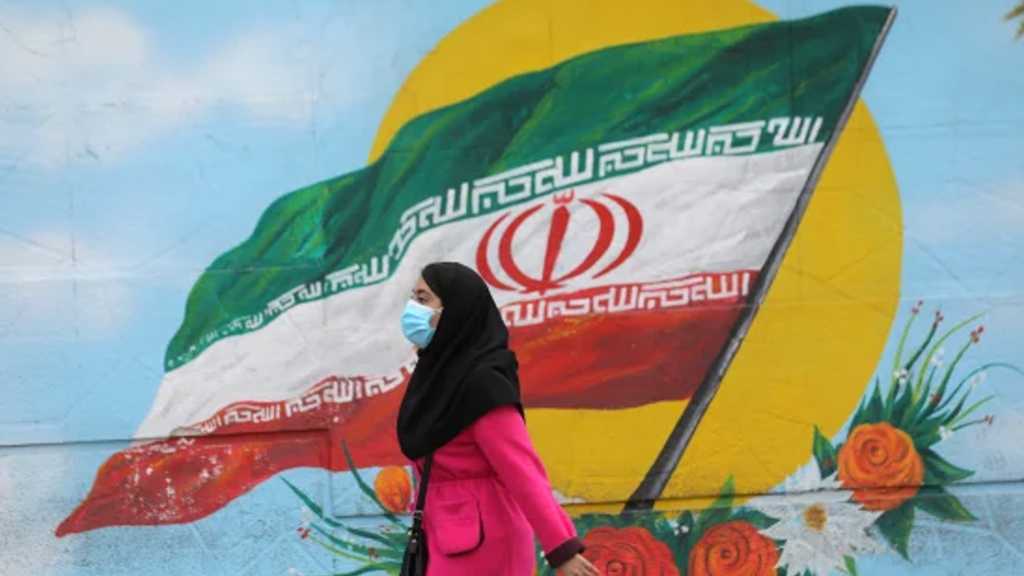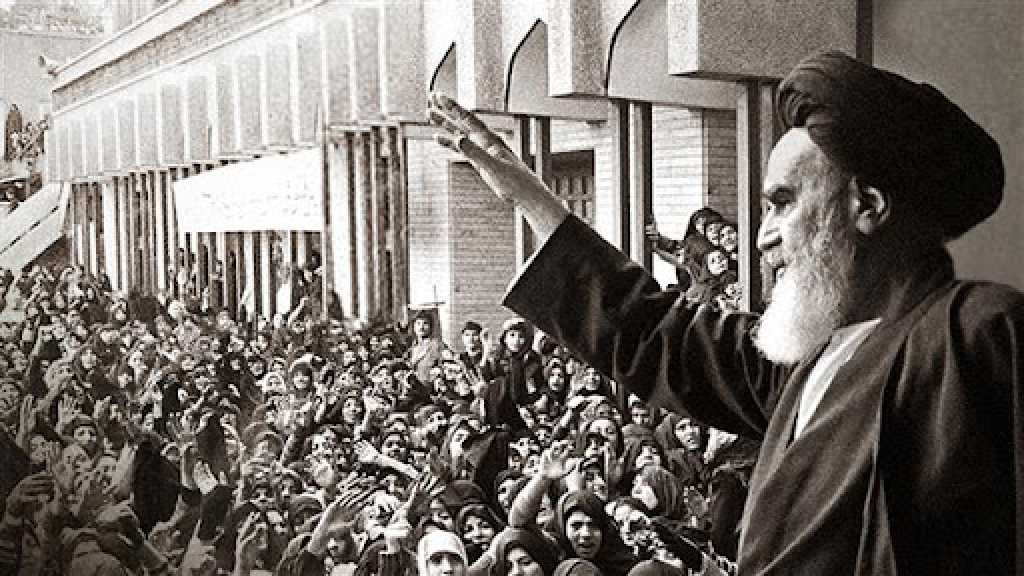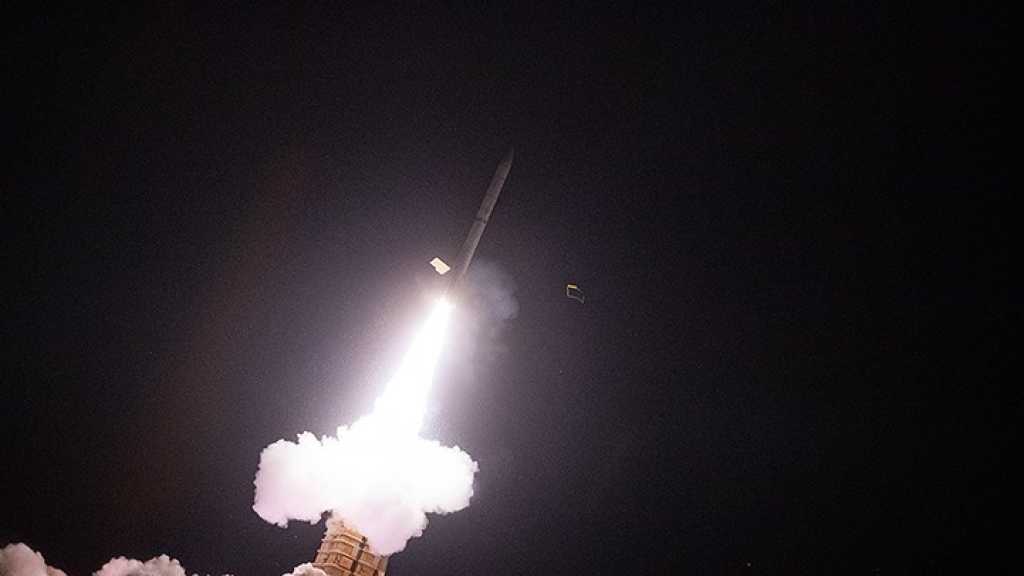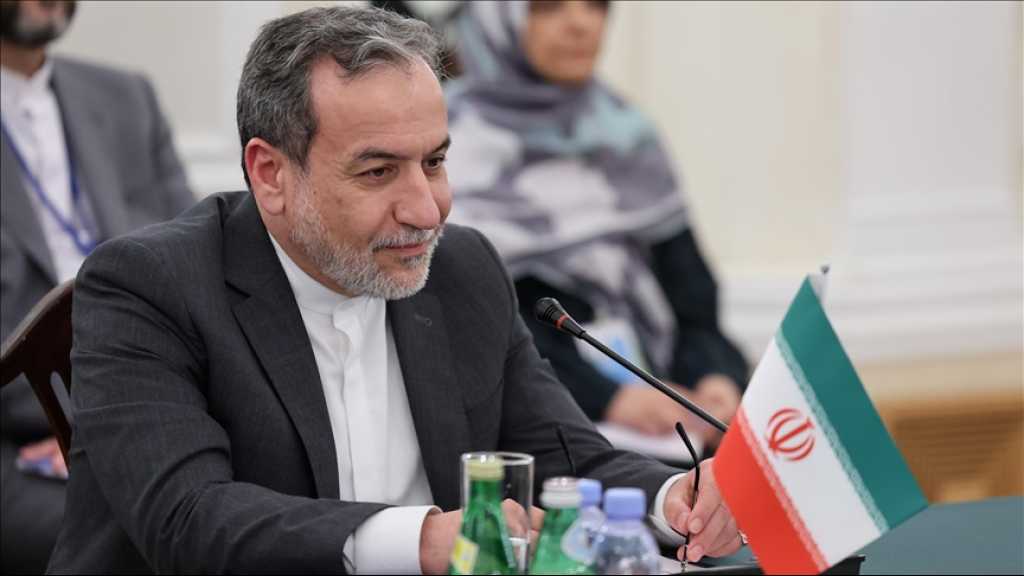Economic Revival in Iran After Islamic Revolution

By Staff, Agencies
Iran is celebrating the 46th anniversary of the Islamic Revolution amid an “all-out economic war” in the words of President Masoud Pezeshkian, which is primarily weighing on the livelihood of ordinary Iranians.
Policymakers face dilemma in boosting the economy and achieving self-sufficiency as part of the country's revolutionary mantra due to inflationary pressures on households.
The 1979 Islamic Revolution marked a significant shift in global political thought, aiming to unify Muslim political thought and prevent Western influence, paving the way for a pious generation.
The new republic prioritized economic prospects, focusing on destitute rural classes and expanding access to basic services like electricity, water, and education.
The results were brisk, leading to positive developments in the livelihoods of Iranians helped by an influx of revenues from the boom in oil prices.
Iran's population doubled from 37 million in 1979 to nearly 84 million in 2020 due to a baby boom and improved education opportunities after the revolution.
Economists argued population growth slowed Iran's economic revival, while Western hostility towards the Islamic Revolution and its rapid rise made it a constant target of terrorism.
The discovery of large oil reservoirs in 19th-century Iran attracted imperialist interests, with the British initially pushing into the country, but eventually being pushed out by the Americans.
Iran's economic growth has been hindered by US and European sanctions since the revolution, and an eight-year war waged by former Iraqi dictator Saddam Hussein with Western and Soviet support.
As it stands, Iran has been struggling under the sanctions but the coercive measures have also been a strong stimulus for indigenous progress.
Detractors argue that economic revival under sanctions is impossible, but precedents show China, Japan, South Korea, and Germany turned challenges into opportunities after WWII.
According to the World Bank, Iran’s gross domestic product has increased to more than $401 billion as of 2023 from $90 billion in 1979 when the revolution broke out.
Iran has potential capacities in the sectors of industry, agriculture and technology that can help increase economic growth and improve the country's position in the global economy.
Resistive economy aims to reduce dependence and emphasizes the advantages of domestic production and self-reliance.
Comments
- Related News

Economic Revival in Iran After Islamic Revolution
one month ago


